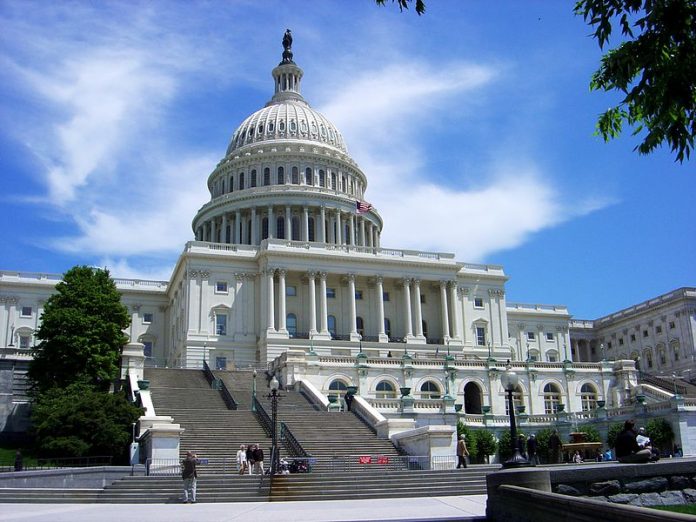
Dylan Goldman
University of California, Santa Barbara students receiving the federal loan program known as the Federal Perkins Loan will need to look for other options after the United States Congress failed to reauthorize the program, which expired on Sept. 30.
About 2.7 million students in the U.S. received the Perkins Loan, which was subsidized by the students, who paid for it at a 5 percent interest rate.
Universities distributed the loan money to their students, per U.S. Department of Education rules. UCSB offered the loan to students, along with other UC campuses. Around 16,000 UC students received the loan — and now those students will no longer receive the $2,000-$5,500 the loan offered.
Across California, students on the loan borrowed up to $25 million annually. Tuition and board for on-campus residents at UCSB sums up to $36,180 for the 2017-18 school year, according to data provided by the Office of Financial Aid and Scholarships.
Fourth year student Nawar Nemeh has received the loan since his freshman year at UCSB. Nemeh won’t lose out on the loan himself, but his younger sister will have to “plan better for next year,” he said. He noted that the loan benefited students because the students themselves pay it forward for the next generation.
“It’s a subsidized loan that you don’t have to pay until nine months after you graduate,” said Nemeh, a history of public policy major. “So it kind of gives you that cushion.”
The loan was offered to financial aid-qualifying students who showed “sufficient financial need,” according to the UCSB Office of Financial Aid and Scholarships website. The office will now have to utilize other sources of aid for affected students.
“A large percentage of our needy students utilize the Perkins Loan program during their time at UCSB,” said Michael Miller, Director of the Office of Financial Aid and Scholarships. “To see it [sic] sunset is very unfortunate and a huge step backwards for higher education,” Miller told The Bottom Line in an email.
Miller said the loan will force students to take out more privatized loans or use credit cards to get loans.
“At UCSB we are working hard to create safety net programs like the Financial Crisis Team,” Miller said, “which is meant to identify students who are having a financial crisis and help them overcome those barriers.”
The Perkins Loan was designed for low-income students. It was started in 1957 and named after Carl D. Perkins, a former Congressman of Kentucky. Students could apply for the loan through the Free Application for Federal Student Aid (FAFSA), which is allocated to all students who receive financial aid.
The loan was also “deferred,” so students did not have to start paying it back until six months after graduating. Because the loan is subsidized, interest did not accrue during that time.
“UCSB students should continue to voice their concerns about the sunset of the Perkins Loan program,” Miller said. “Our elected officials need to know how vital the program has been for our students. The silly thing is the loan program doesn’t cost the federal government anything to administer. The lions’ share of the work falls on the institutions.”
The Perkins Loan was last up for re-authorization in 2015, but Congress tabled the program until 2017 with plans to include the program in the Higher Education Act.
Miller said his office will look to increase the amount in Parent Plus Loans offered to students who would have normally received Perkins Loans.
“Higher education affordability needs to be something we are all talking about on a regular basis,” he said. “This move is a step in the wrong direction. We as Americans, should expect better.”
UPDATE:
Oct. 24, 5:34 p.m.: A previous version of the story spelled the writer’s surname as “Goodman.” The writer’s surname is actually “Goldman,” and the article has been updated for accuracy.
















